How to Reach Kidepo Valley National Park from Kampala
Journey to Uganda’s Hidden Wilderness
Kidepo Valley National Park, located in the remote northeastern corner of Uganda, is often described as the country’s most untouched and spectacular safari destination. Its isolation has preserved an authenticity that is increasingly rare in modern safari tourism. From the expansive savannahs to the dramatic rocky mountains, and from rare wildlife encounters to encounters with vibrant Karamojong culture, Kidepo is a sanctuary that rewards those willing to traverse the distance from Uganda’s bustling capital, Kampala.
The journey to Kidepo is more than a simple transfer from point A to point B; it is an adventure in itself, a transition from urban life to a wild, untamed landscape. Travelers seeking to explore this hidden gem must navigate significant distances, varying terrains, and sometimes unpredictable conditions. Understanding the routes, transport options, and logistical considerations is essential to ensure a safe, comfortable, and rewarding experience. This article provides a comprehensive guide to reaching Kidepo Valley National Park from Kampala, examining road travel, air travel, seasonal considerations, and preparatory recommendations for a seamless journey into Uganda’s wild northeast.
Geography and Distance: Understanding the Terrain
Kidepo Valley National Park is situated approximately 520 kilometers northeast of Kampala. Its location, bordering South Sudan to the north and Kenya to the east, positions it as one of Uganda’s most remote national parks. The terrain between Kampala and Kidepo varies significantly, transitioning from urban infrastructure to rolling hills, semi-arid plains, and eventually the rugged landscapes of Karamoja.
This geographic context is vital for planning the journey. Travelers must account for long distances, the condition of rural roads, and the relative scarcity of services along certain stretches. The park’s remoteness, while contributing to its appeal, also requires careful preparation, making route planning and timing critical components of the travel experience.
Road Travel from Kampala: The Overland Adventure
The overland journey from Kampala to Kidepo is an experience that immerses travelers in the changing landscapes of Uganda. The primary route typically follows the Kampala–Mbale–Moroto corridor, covering approximately 520 kilometers and requiring an average travel time of 10 to 12 hours under favorable conditions.
The journey begins with the urban sprawl of Kampala, transitioning into rolling hills and fertile farmlands as the road passes through districts such as Soroti and Mbale. These regions offer glimpses of rural Ugandan life, with small towns, agricultural fields, and market centers lining the road. Beyond Mbale, the landscape becomes progressively semi-arid, reflecting the unique environment of the Karamoja region, where Kidepo is located.
Road conditions in Uganda can be variable. While major highways are paved and maintained, secondary and rural roads may be uneven, with potholes and occasional washouts, especially during the rainy season. For overland travel to Kidepo, 4×4 vehicles are highly recommended to navigate rough patches, rocky terrain, and seasonal river crossings safely. Travel times may extend during periods of heavy rainfall, and flexibility is advised to accommodate unforeseen delays.
Along the route, travelers may pass through towns such as Moroto and Narus, which serve as gateways to Kidepo Valley National Park. These towns provide opportunities for rest stops, refueling, and essential provisions before entering the more isolated areas closer to the park. Guides familiar with the route and local conditions are invaluable, ensuring that the journey is both safe and informative, as they share insights into local culture, geography, and wildlife.
Air Travel: A Faster, More Comfortable Option
For travelers seeking to minimize travel time and avoid the challenges of road travel, air travel provides a convenient and increasingly popular alternative. Domestic flights operate from Kampala’s Entebbe International Airport to airstrips near Kidepo Valley National Park, significantly reducing the journey to approximately one to two hours.
Flights are often scheduled with smaller aircraft, offering aerial views of Uganda’s diverse landscapes. From the air, travelers can observe the contrast between lush central regions, semi-arid northeast, and the rugged mountains surrounding Kidepo. Upon landing at local airstrips, transfers by 4×4 vehicles are typically arranged to reach lodges and safari camps within the park.
Air travel not only saves time but also enhances comfort and accessibility, particularly for those with limited schedules or who prefer to avoid extended overland travel. Coordination with safari operators and advance booking are advised, as flights are often limited and subject to weather conditions, particularly during the rainy season when visibility can be affected.
Seasonal Considerations: Planning Around Weather and Terrain
The timing of travel from Kampala to Kidepo significantly influences both road and air travel. During the dry season, roads are more accessible, rivers are lower, and travel times are generally predictable. This period is ideal for those planning overland safaris, as vehicles can navigate rural tracks with relative ease, and wildlife viewing en route becomes more straightforward.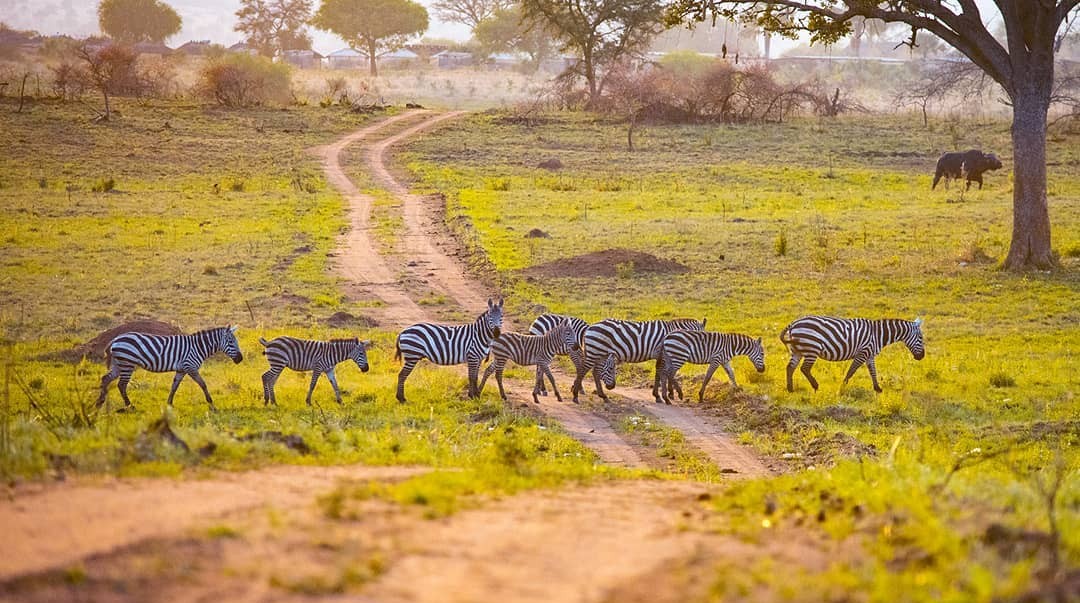
Conversely, during the wet season, which occurs from March to May and September to November, travel conditions can be challenging. Heavy rains can render some secondary roads impassable, particularly those crossing rivers or areas with poor drainage. Air travel may also be affected by cloud cover and storms, necessitating flexibility in scheduling and contingency planning. Despite these challenges, the wet season offers dramatic scenery, vibrant landscapes, and opportunities to witness the park in its lushest, most vibrant state.
Accommodation and Logistics Along the Route
For overland travelers, planning overnight stops along the route enhances comfort and ensures a manageable pace. Towns such as Mbale and Moroto provide accommodation options ranging from basic lodges to more refined hotels, allowing travelers to rest before continuing toward Kidepo. These stops also facilitate vehicle checks, refueling, and supply replenishment, critical considerations given the park’s remote location.
Travelers are encouraged to prepare essentials such as water, snacks, medical supplies, and navigation tools. While local services are available along major towns, resources become scarce as the journey progresses toward the park, making preparation a key factor in a successful trip. Experienced safari guides often provide logistical support, ensuring vehicles are equipped and travelers are briefed on road conditions, wildlife encounters, and cultural sensitivities.
Cultural Insights: Traveling Through Karamoja
The journey from Kampala to Kidepo is not only a physical transition but also a cultural one. The Karamoja region, through which travelers pass, is home to the Karamojong people, who have inhabited this semi-arid landscape for centuries. Travelers may observe traditional homesteads, livestock herding, and vibrant local markets along the way.
Interactions with local communities provide context for understanding the region’s heritage, lifestyle, and relationship with the land. Respectful engagement is encouraged, as cultural practices and traditional norms are deeply rooted. Guides play a critical role in facilitating these experiences, offering explanations and ensuring that encounters are conducted sensitively and safely.
Wildlife Encounters En Route
Even before reaching Kidepo Valley National Park, wildlife can be observed along certain stretches of the journey. Savannas and semi-arid regions may host antelopes, monkeys, and bird species, providing early glimpses of the biodiversity that awaits within the park. Travelers may also witness the seasonal movement of animals, particularly during the dry months when wildlife is concentrated around water sources. These encounters enhance anticipation and set the stage for the immersive safari experience that Kidepo promises.Safety and Travel Tips
Traveling to Kidepo requires careful consideration of safety and preparation. Reliable transportation, preferably 4×4 vehicles for overland journeys, is essential. Travelers should be briefed on road conditions, seasonal challenges, and emergency procedures. Access to medical facilities is limited in the region, making first aid supplies and contingency planning vital.
Travelers are advised to carry identification, travel permits, and necessary documents, particularly when crossing regional boundaries or accessing park areas. Coordination with local authorities, guides, and safari operators ensures compliance with regulations and enhances the overall safety and enjoyment of the journey.
Arrival at Kidepo Valley National Park
Upon arrival, the transition from journey to safari is immediate. The park’s landscape opens with rolling plains, rocky outcrops, and the iconic mountains that define Kidepo’s scenery. Lodges and camps within or near the park provide accommodations that blend comfort with immersion in the wilderness, allowing travelers to experience wildlife and natural beauty at close range.
Game drives, walking safaris, and cultural interactions become accessible immediately, facilitated by guides who are intimately familiar with the park’s geography, wildlife, and cultural context. This seamless integration of travel and safari ensures that the journey from Kampala culminates in a rich and rewarding exploration of Uganda’s hidden gem.
Planning the Perfect Journey
Reaching Kidepo Valley National Park from Kampala is a journey that demands preparation, patience, and a spirit of adventure. Whether undertaken by road or air, the journey is an essential component of the safari experience, offering insights into Uganda’s landscapes, culture, and wildlife along the way.
For travelers seeking a comprehensive, seamless, and expertly guided experience, the services of professional safari operators are invaluable. Every aspect, from transport arrangements and accommodation logistics to wildlife tracking and cultural engagement, can be facilitated to ensure a safe and memorable journey.
To explore Kidepo Valley National Park with ease, comfort, and expert guidance, book your Africa tours and safaris with WildHorn Africa, a trusted provider dedicated to creating immersive, responsible, and unforgettable journeys into one of Uganda’s most remote and spectacular wilderness areas.

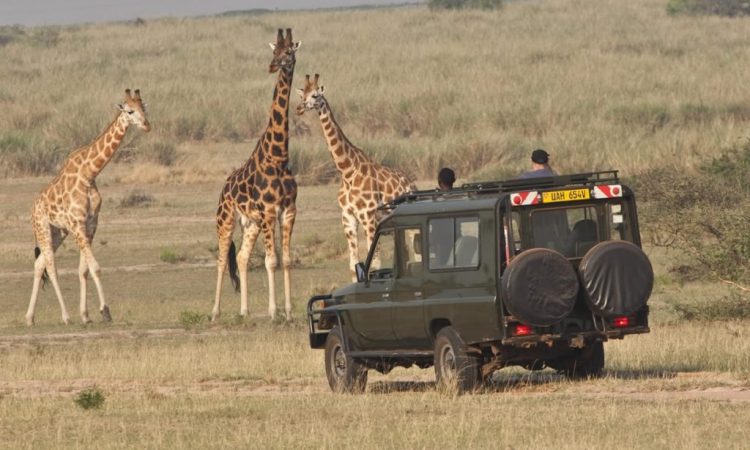
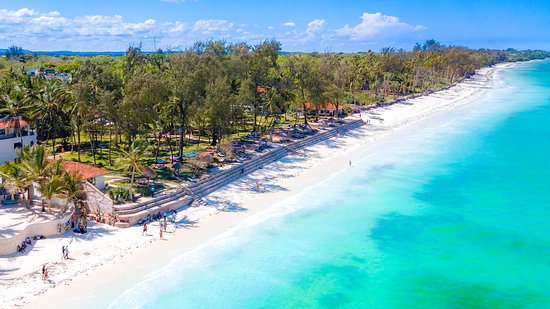
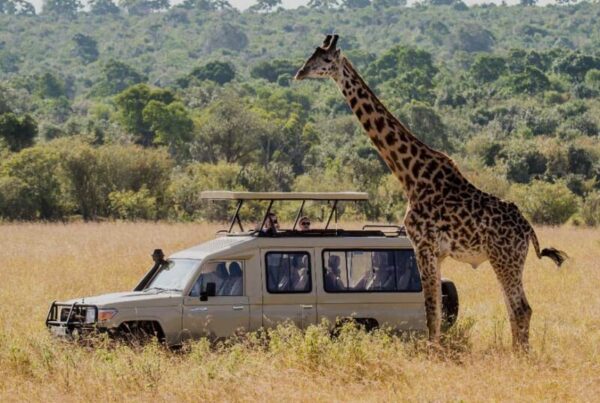
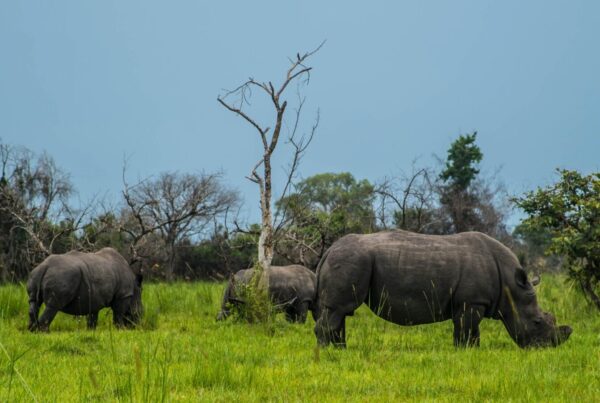
 WildHorn Africa – Authentic and unforgettable tours across Africa, guided by local experts who know the land, wildlife, and culture best.
WildHorn Africa – Authentic and unforgettable tours across Africa, guided by local experts who know the land, wildlife, and culture best.


